Introduction: Redefining Strength and Sustainability
In the global pursuit of sustainable packaging, businesses are constantly evaluating materials that balance product protection, functionality, and environmental responsibility. While many discussions focus on novel biodegradable plastics, a classic packaging solution has been quietly evolving to meet modern green standards: the wax coated box. Often misunderstood, today's advanced wax coated boxes represent a powerful tool for achieving sustainability goals without compromising on performance. This article will explore how these durable boxes support a circular economy, reduce waste, and align with the environmental stewardship missions of forward thinking companies.
The Evolution of Wax Coatings: From Traditional to Modern
The concept of coating boxes in wax is not new. Traditionally, boxes were dipped in paraffin wax to create a robust, water resistant barrier for shipping wet or frozen products, such as seafood, fresh produce, or meat. However, the environmental profile of these coatings has significantly improved. While traditional paraffin is a petroleum derivative, the industry has innovated with bio based and blended waxes that enhance sustainability. More importantly, the modern application process is highly controlled, ensuring an efficient, thin layer that provides maximum protection with minimal material use. This evolution from a purely functional coating to a more environmentally considered one is key to its role in sustainable packaging.
Primary Benefit: Extending Product Shelf Life and Reducing Food Waste
The most significant sustainable advantage of wax coated boxes is their direct role in reducing food waste. Food loss is a critical environmental issue, representing a waste of all the resources—water, energy, and labor—used in production. Wax coated boxes provide an exceptional barrier against moisture, humidity, and grease, which are primary causes of spoilage during transit and storage. By ensuring that products like fresh fish, fruits, and vegetables arrive in perfect condition, these boxes prevent massive amounts of food from being discarded. The environmental cost of producing and transporting that food is far greater than the impact of the protective packaging, making wax boxes a net positive for the planet by safeguarding the contents inside.
Durability and Reusability: A Core Principle of Sustainability
A fundamental pillar of sustainable packaging is designing for longevity and multiple use cycles. Wax coated boxes are inherently strong and damage resistant. The wax coating not only repels water but also strengthens the corrugated cardboard, making it more resilient to tears, impacts, and compression during logistics. This enhanced durability means that these boxes can often be reused multiple times within a closed loop system, for instance, in the distribution of goods from a central warehouse to retail locations. Each reuse displaces the need for a single use box, thereby reducing the total volume of packaging waste generated and lowering the overall carbon footprint of the supply chain.
The Compostability and Recyclability Question
The end of life options for wax coated boxes are a common point of discussion. The recyclability can depend on the specific type and amount of wax used. While heavily saturated boxes are typically not suitable for standard paper recycling mills, many modern, lightly coated boxes are now designed to be compatible with recycling processes. Furthermore, a highly promising avenue lies in industrial composting. Boxes coated with certain bio based waxes can break down in commercial composting facilities, turning into nutrient rich soil rather than occupying landfill space. Companies committed to sustainability, like those within the Richer Group with their Greenlife Eco Tech subsidiary, are actively exploring and promoting these advanced material solutions to create a more circular lifecycle for their products.
Aligning with a Holistic Green Packaging Strategy
For a business, sustainable packaging is not about a single silver bullet but a comprehensive strategy. Wax coated boxes fit perfectly into a diversified approach led by packaging specialists. A group like Richer, which encompasses everything from standard plastic bags to advanced biodegradable packaging and sourcing services, can provide expert guidance on where wax boxes are the most appropriate and sustainable choice. They represent a pragmatic solution for specific applications where superior moisture resistance is non-negotiable, ensuring that the choice to be green does not come at the expense of product integrity.
Conclusion: A Pragmatic and Effective Choice for a Greener Supply Chain
In conclusion, wax coated boxes are a powerful ally in the mission for sustainable packaging. Their ability to drastically reduce food waste, their potential for reuse due to superior durability, and the evolving landscape of recyclable and compostable coatings make them a relevant and responsible choice. For businesses shipping moisture sensitive goods, they offer a proven, reliable solution that aligns with environmental stewardship goals. By partnering with an innovative packaging provider that prioritizes research and development in eco tech, companies can confidently integrate wax coated boxes into their supply chain, knowing they are making a tangible contribution to a greener globe, where sustainability and functionality successfully meet.
Table of Contents
- Introduction: Redefining Strength and Sustainability
- The Evolution of Wax Coatings: From Traditional to Modern
- Primary Benefit: Extending Product Shelf Life and Reducing Food Waste
- Durability and Reusability: A Core Principle of Sustainability
- The Compostability and Recyclability Question
- Aligning with a Holistic Green Packaging Strategy
- Conclusion: A Pragmatic and Effective Choice for a Greener Supply Chain


